The subject of Bajaj RE National Highways is a very disputed one.
The question of where you can use the Bajaj RE, Piaggio Ape and the TVS King keep coming up so we decided it is time to look at this again.
Local Government Units (LGU), the Land Transportation Franchising and Regulatory Board (LTFRB) and the Land Transportation Office (LTO) seem like they have done no research on these three-wheelers coming from India.
Because of their lack of research, we have researched it for them.
- The subject of Bajaj RE National Highways is a very disputed one.
- History of Indian made three-wheelers
- Testing the Bajaj RE
- BAJAJ RE Meets UK and EU Standards
- Other factors that show Indian three-wheelers are safe
- The Bajaj RE is not a tricycle
- So what about the ban on National highways?
- Vienna Convention on Road Signs and Signals of 1968
- Why are Prohibitory signs needed?
- Administrative Order AHS-2008-016
- Use of three-wheelers on National Highways
- What to do if you accidentally get caught on a road where you are banned
- What can LGUs do?
- Euro 4 Emission Standard
History of Indian made three-wheelers
The first-ever three-wheeler of the type we are now seeing in the Philippines was designed and made in Italy and was the Piaggio Ape. The first production model hit the road for the first time in 1948 and was advertised as a Vespa Car. Note they called it a car, not a tricycle we will come to this later.
The Piaggio Ape has been travelling along the roads of Italy with no restriction for the last 71 years.
In 1959 Bajaj Auto obtained a license from the Government of India to manufacture two-wheelers and three-wheelers, originally they built the Piaggio Ape under licence of Piaggio, Italy.
In 1971 Bajaj introduced their own 3 wheeler and have been building their own three-wheelers ever since.
Testing the Bajaj RE
Since the introduction of the three-wheelers in 1948, there has been a lot of research to make them safer and cleaner.
Bajaj Auto has its own testing track which is a 3.2km track at the Bajaj Auto Plant in Chakan, India. The track also includes a torture track, the torture track test is conducted to ensure that the Bajaj RE can safely survive the worst road conditions while carrying all kinds of loads.
The Bajaj RE is built on a state of art production line and also undergoes detailed quality checks, frontal impact testing, single corner rig accelerated testing, 3 corner accelerated testing, multi-axle simulation testing, coconut drop test, NVH lab testing to test noise and vibration, flood condition testing, the Bajaj RE has also been tested in temperatures from 50 degrees centigrade to -4 degrees centigrade.
Is there any other PUV in the Philippines that has undergone such tough tests? We are pretty sure that no Philippines made PUV has undergone such tough tests.
So when it comes to Bajaj RE National Highways why not?
BAJAJ RE Meets UK and EU Standards
Every vehicle in the UK is tested by the Driver & Vehicle Standards Agency (DVSA) and must have a British National Type Approval Ministers Approval Certificate.
The DVSA is an executive agency of the UK Department for Transport which is a UK Government Agency.
Below is a Ministers Approval Certificate for the Bajaj RE, the Piaggio Apes and the TVS Kings have also been issued with Ministers Approval Certificate.
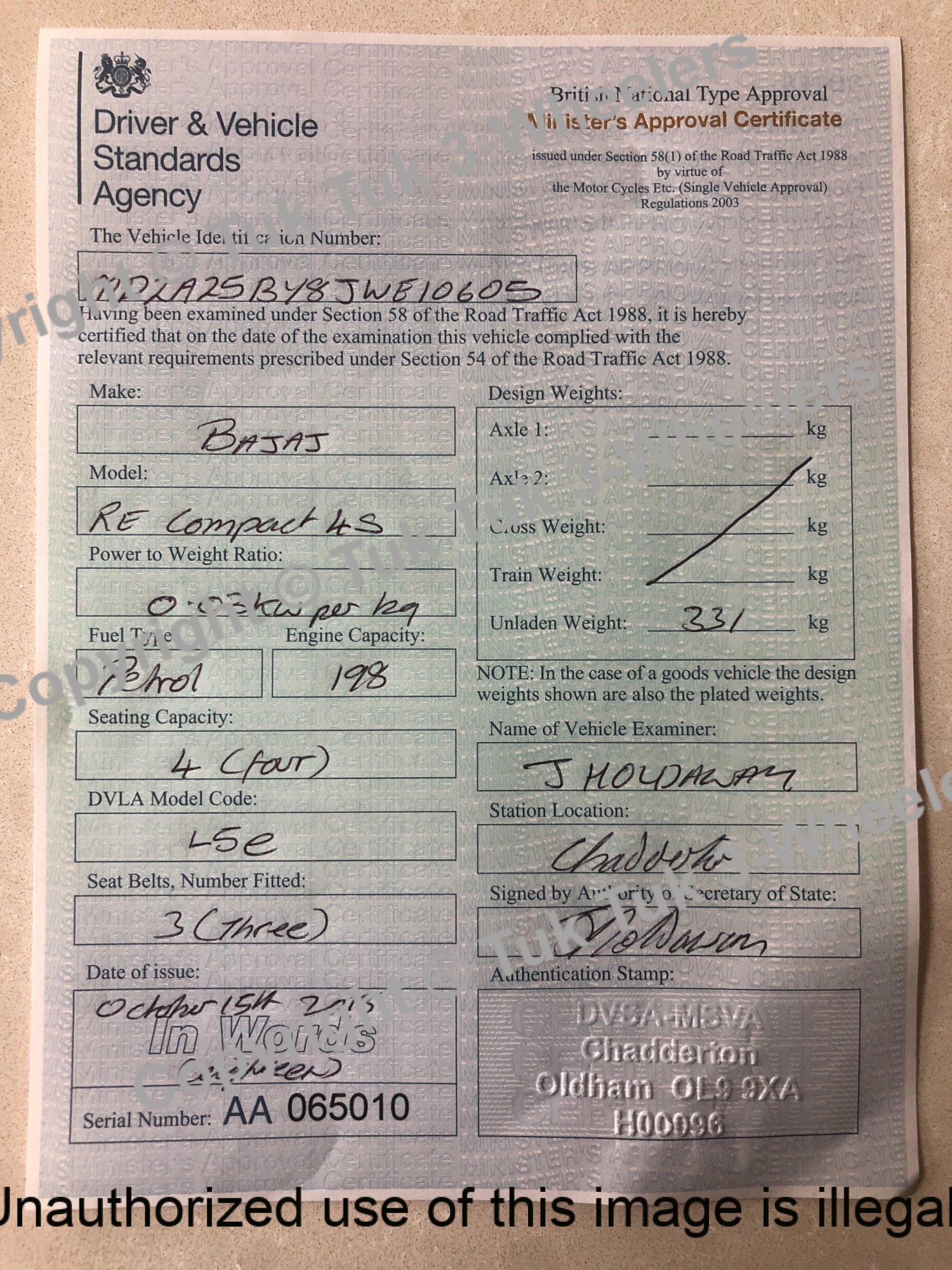
As at the time of writing the UK is still part of the EU it also means it meets EU standards.
Anyone that knows anything about UK and EU standards for vehicles knows how strict their safety standards are. What is for sure is the majority of PUVs in the Philippines such as tricycles, Jeepneys, motorelas etc would not be issued a Ministers Approval Certificate as they would come nowhere near the safety required.
So we ask LGUs, LTFRB and LTO to do some research and not just look and presume that because it is small with 3 wheels it is not safe, because that presumption is not true.
In the UK the Ministers Approval Certificate allows the Bajaj RE to be used on all roads without restrictions, this also includes motorways.
People will often hit back at this and say but that is the UK it is different driving in the UK. This is very true driving in the UK is very different the main thing being they drive so much faster than they do in the Philippines.
UK Speed Limits:
Single Carriageway – 60mph (96kph)
Dual Carriageway – 70mph (112kph)
Motorway – 70mph (112kph)
Philippines Speed Limits:
Through streets or boulevards, clear of traffic: 40 kmh
National and provincial roads: 80 kmh
Expressways: 100 kmh
Bajaj RE National Highways Speed
The TVS King will do 85kph, the Bajaj RE 80kph and the Piaggio ape 75kph so all can travel at the speed limit for national highways.
It is clear to see driving in the UK is at much faster speeds, despite the speed limits it is also normal for people to drive at about 70 to 80mph (112 to 128kph) on single carriageways and 80 to 90mph (128 to 144kph) on dual carriageways and motorways.
When Europeans arrive in the Philippines one of the first things they notice is how slow people drive in the Philippines.
Remembering that the Bajaj RE has a top speed of 80kph you can see how the claim that the Bajaj RE is to slow for National Highways is flawed.
Other factors that show Indian three-wheelers are safe
One of the most important things for a safe vehicle is the brakes, the Bajaj RE, Piaggio Ape and the TVS King are all fitted with hydraulic brakes that are operated by a foot pedal, which applies all three brakes at the same time. The brakes are designed for the vehicle. Braking systems on tricycles do not come close to this and are only designed to stop 2 people and a motorcycle.
Speed, it is often claimed in the Philippines that three-wheelers are to slow for National highways, again it shows a lack of research. The Bajaj RE has a top speed of 80kph which is the same as the speed limit on National Highways, in fact, many National Highways have a speed limit far lower than 80kph, so how can they claim the Bajaj RE is to slow? We believe it is because they have done no research and just presume because it has 3 wheels it is slow like a tricycle or an e-trike.
If they took the trouble to speak to the experienced drivers of a Bajaj RE, they would find out that as a driver of a Bajaj RE you are often held up by cars, motorcycles, jeepneys, trucks and buses, all of which are allowed on national highways.
The Bajaj RE is not a tricycle
A common mistake by enforcers, LGUs and even LTO is to presume that because it has 3 wheels it is a tricycle. The fact is the Bajaj RE is not a tricycle.
The main point here is Congress in the FOURTEENTH CONGRESS OF THE REPUBLIC OF THE PHILIPPINES S.B. 3289 stated:
A. TRICYCLE – means a motor vehicle composed of a motorcycle with not more
than two (2) cylinders of five hundred cubic centimetres (500cc) engine capacity
fitted with single-wheel side car designed to accommodate four (4) passengers only including the driver.
So under Philippines law, the Bajaj RE is not a tricycle for the simple reason it does not have a sidecar.
Often when you point this out they reply with a comment like “It is a tricycle because tri means three” this logic completely ignores the cycle part of the word which is there for good reason. In English, a tricycle is a 3 wheeled bicycle.
There is also the fact that Indian style 3 wheelers are sold in more than 40 countries and have been about since 1948 and have never been classed as a tricycle. That alone should be a big enough clue that they are not tricycles.
So what about the ban on National highways?
Firstly this seems to be down to the discretion of each LGU with the vast majority of LGUs allowing them on National Highways.
Those that do ban them do not seem to put up road signs stating that 3 wheelers are banned as they are required to do under the Vienna Convention on Road Signs and Signals of 1968. We will discuss this later.
They also do not seem to understand what the word ply means and will often give tickets to private users with the offence of plying along a National Highway.
Plying means: Travel regularly over a route for commercial purposes.
So a private user is not plying so that offence does not apply.
Some tickets simply state “Tricycle Ban” we have already pointed out that under Philippines Law a Bajaj RE is not a tricycle as it has no sidecar.
These 3 points show that they are wrongly issuing tickets.
Vienna Convention on Road Signs and Signals of 1968
The Vienna Convention on Road Signs and Signals of 1968 were ratified by Presidential Decree No. 207 (1973), thus adopting and making the Vienna Convention on Road Signs and Signals “part of the law of the land in the Philippines.”
Vienna Convention on Road Signs and Signals
ARTICLE 13
Provisions applying generally to the signs described in Annex 1, sections C and D to this
Convention
1. Prohibitory, restrictive and mandatory signs shall be placed in the immediate vicinity of the point where the obligation, restriction or prohibition begins and may be repeated if the competent authorities consider it necessary. Nevertheless, if the competent authorities consider it advisable for reasons of visibility or in order to give users advance warning, these signs may be placed at a suitable distance in advance of the point where the obligation, restriction or prohibition applies.
An additional panel H, 1 of Annex 1, section H shall be placed under signs set up in advance of the point where the obligation, restriction or prohibition applies.
3. Prohibitory and restrictive signs shall apply as from the place they are displayed until the point where a contrary sign is displayed, otherwise until the next intersection. If the prohibition or restriction should continue to be applied after the intersection the sign shall be repeated in accordance with provisions in domestic legislation.
For people of whom English is not their first language that might not make much sense so we will simplify it for you.
Basically, it is saying that if a vehicle is prohibited from a road there must be a prohibitory road sign to inform the driver. A prohibitory road sign is a symbol of the prohibited vehicle inside a red circle, the sign should also be reflective so it can be seen at night.
So in the case of the Indian style, three-wheelers there should be a symbol that looks like a three-wheeler. A prohibitory road sign with a symbol of a tricycle in it does not prohibit three-wheelers, because of the reason we pointed out above. Also, a tarpaulin is not a legal road sign.
It also means that the prohibited signs must be placed at every intersection.
As far as we are aware none of the LGUs that ban three-wheelers have signposts to let the drivers know they are prohibited.
Why are Prohibitory signs needed?
You might say they have said three-wheelers are banned from National Highways so why do they need prohibitory signs to inform drivers?
The answer is simple they can not expect drivers to know every road in the country. Let’s say someone comes from Mindanao and they visit Luzon, how would they what roads are National Highways and how would they know what rules the LGU have put in place?
Also, it is perfectly legal for a foreigner to arrive in the Philippines and hire a vehicle to drive, it is also legal for them to arrive in their vehicle from Malaysia on a ferry and drive in the Philippines. How can they be expected to know every road in the Philippines where that vehicle is prohibited?
It is for these very reasons that The Vienna Convention on Road Signs and Signals of 1968 was established and why the Philippines signed the agreement to be a contracting party.
Administrative Order AHS-2008-016
To our knowledge, no Bajaj RE has ever been stopped under Administrative Order AHS-2008-016 but we need to explore this fully.
LTO in a memo claimed that the Bajaj RE was banned from National Highways because of Administrative Order AHS-2008-016.
On reading Administrative Order AHS-2008-016 it struck us straight away that the three types of three-wheeled vehicles refereed to did not fit the Bajaj RE.
Type I is cargo type so does not apply.
Type II is with a mounted enclosed cabin with seating for more than 3 passengers excluding driver. Does the RE have a mounted enclosed cabin? We would say not, plus a standard Bajaj RE only has seats for 3 passengers, so it is not type II.
Type III Relatively similar in size to a conventional motorcycle and sidecar, mounted with a small cabin for the driver in the front and seating for 3 in the back.
LTO says the Bajaj RE comes under type III, but we question this on two points, first is relative size, the size of a RE is very different to that of a motorcycle with sidecar. Second, it does not have a small mounted cabin for the driver.
Administrative Order AHS-2008-016 was written and signed by the former chief of LTO Mr Alberto Suansing, so to clear this up the United Threewheelers Club Philippines arranged a meeting with him.
In the meeting Mr Alberto Suansing told us he was well aware of Italian and Indian made three-wheelers as he had seen them in Italy and considered them great little vehicles, he went on to say that Administrative Order AHS-2008-016 was not aimed at that type of three-wheeler and did not apply to the Bajaj RE, Piaggio Ape and the TVS King.
Mr Alberto Suansing told us that when Administrative Order AHS-2008-016 was written they were having problems with poorly made, unsafe, locally built three-wheelers that were often made in local welding shops. It was them the AO was aimed at and should in no way restrict the use of the Bajaj RE, Piaggio Ape and the TVS King.
Use of three-wheelers on National Highways
Brits in the Philippines are in no way encouraging people to use their three-wheelers illegally, we are merely pointing out what we believe is stated in law, our interpretation of the laws may be correct or incorrect as we are by no means legal experts.
If you are the driver of a Bajaj RE, Piaggio Ape and the TVS King please abide by the rules of the road at all times.
What to do if you accidentally get caught on a road where you are banned
It is impossible for a driver to know what rules apply to every road in the Philippines, it would be humanly impossible. That is why LGUs should put up road signs to inform drivers of roads they are prohibited on.
So if you accidentally find yourself on a road where you are prohibited we suggest you take photos of the intersection where you joined that road to prove there was no sign warning you that you were prohibited. These can be used in your defence.
If you are a private user and they ticket you for plying, politely explain to the enforcer that you are not using your Tuk Tuk for commercial purposes and show him in a dictionary what the word plying means.
If you get a ticket for a tricycle ban politely explain to the enforcer that you are not driving a tricycle and show him a copy of the FOURTEENTH CONGRESS OF THE REPUBLIC OF THE PHILIPPINES S.B. 3289 where it explains that a tricycle is a motorcycle with sidecar.
What can LGUs do?
We believe it is their duty to teach their enforcers the law if they are enforcing tricycle bans they should at the very least understand that a tricycle is a motorcycle with a sidecar.
If an LGU wants to ban three-wheelers they should warn drivers where they are prohibited with the correct road signs as is their obligation under the Vienna Convention on Road Signs and Signals and they should put up prohibited road signs of every intersection where three-wheelers are prohibited.
It would also be good if they took the trouble to do some research on the vehicles they are prohibiting.
The fact that the Bajaj RE, Piaggio Ape and the TVS King are only having these problems in the Philippines and are not restricted in any other country should make them question if they need to prohibit them.
Euro 4 Emission Standard
The Philippines uses European Standards and the law is trying to cut down on pollution by introducing these standards.
The Piaggio Ape and the TVS King all meet Euro 4 Emission Standard so surely rather than restricting them they should be encouraging people to switch to these environmentally-friendly vehicles.
The use of Indian style 3 wheelers on National Highways is still very debatable and the law is still very unclear, we hope that this can be sorted soon, but before the authorities decide they take the trouble to do some research first.
TVS King Deluxe Review – How Good is It?
When we approached TVs so we could do a TVS King Deluxe Review for our…
TVS King Philippines Group Celebrate 10 Thousand Members
TVS King Philippines Facebook Group is run by Tuk Tuk 3-Wheelers Parts and Services Corp….
TVS King Duramax Fuel Consumption Why it is the most Fuel Efficient Tuk Tuk
TVS King Duramax Fuel Consumption Why is it so Good Water-cooled engines, such as the…
TVS Kargo Box Van at Tuk Tuk 3-Wheelers
The TVS Kargo Box Van is ideal for courier work such as Lazada, grocery deliveries,…
Tuk Tuk 3-Wheelers Antipolo Opening Day Photo Gallery
Tuk Tuk 3-Wheelers Antipolo is now open Photos courtesy of Daryl Fabonan please subscribe to…
Revolutionizing Three Wheelers: TVS King Euro 4 Compliance for a Cleaner Future
TVS King Euro 4 TVS King meets Euro 4 Emission Standards and in 3 out…

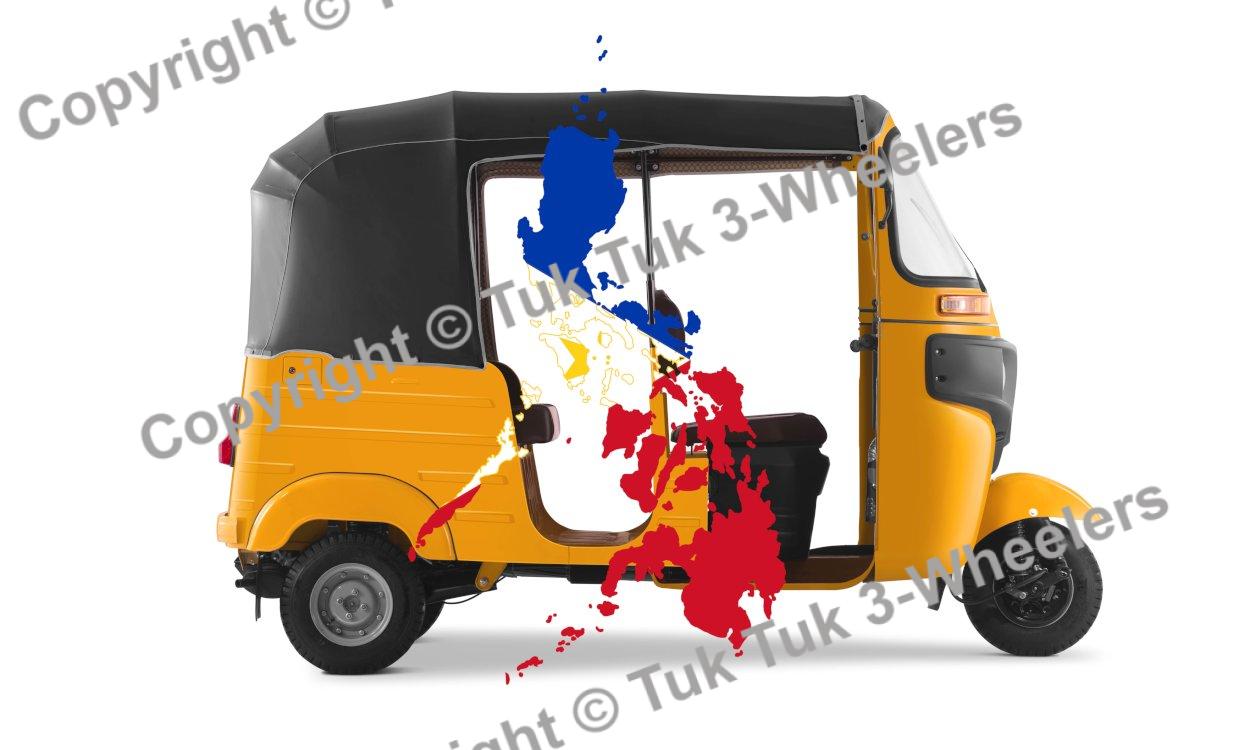


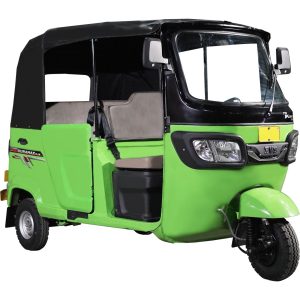
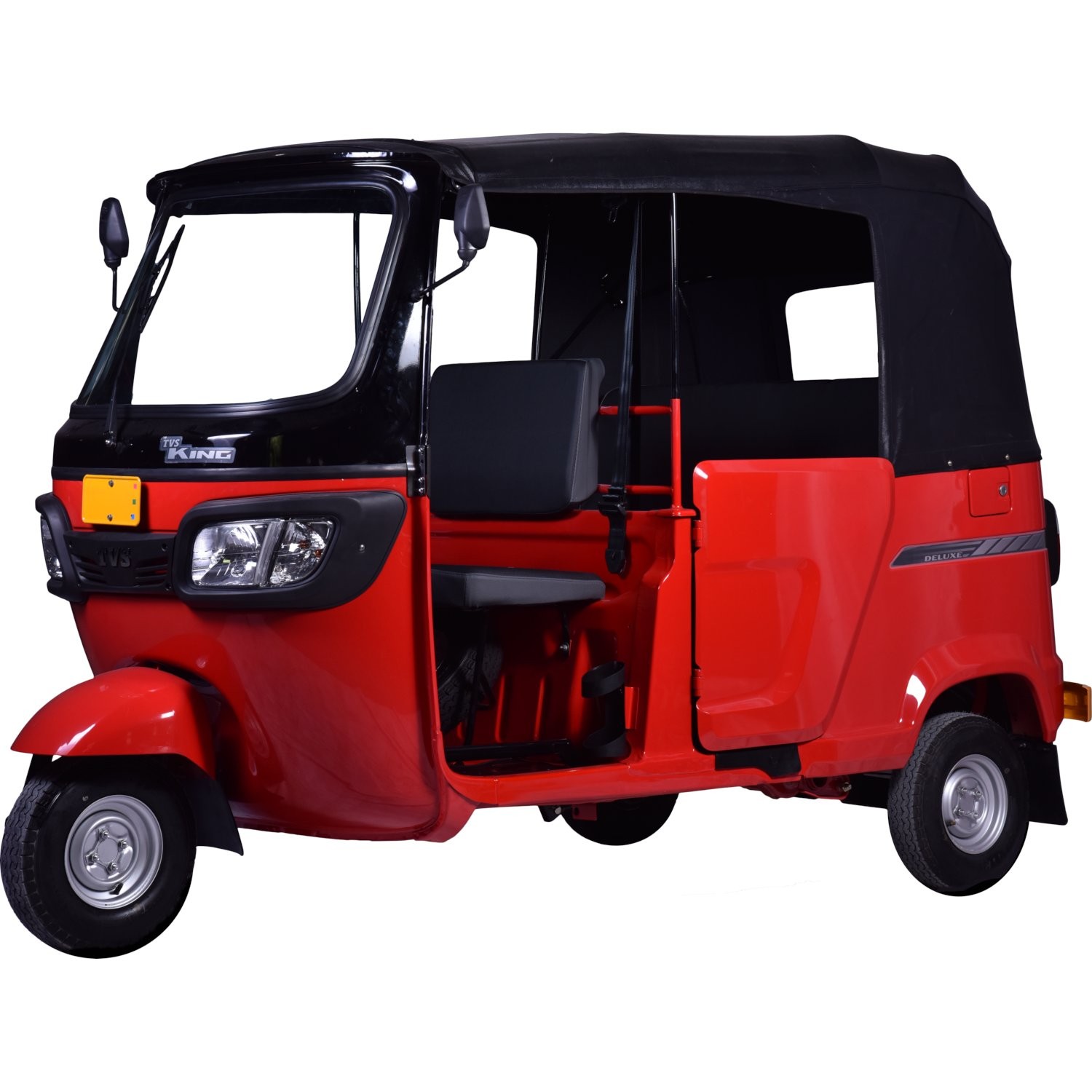


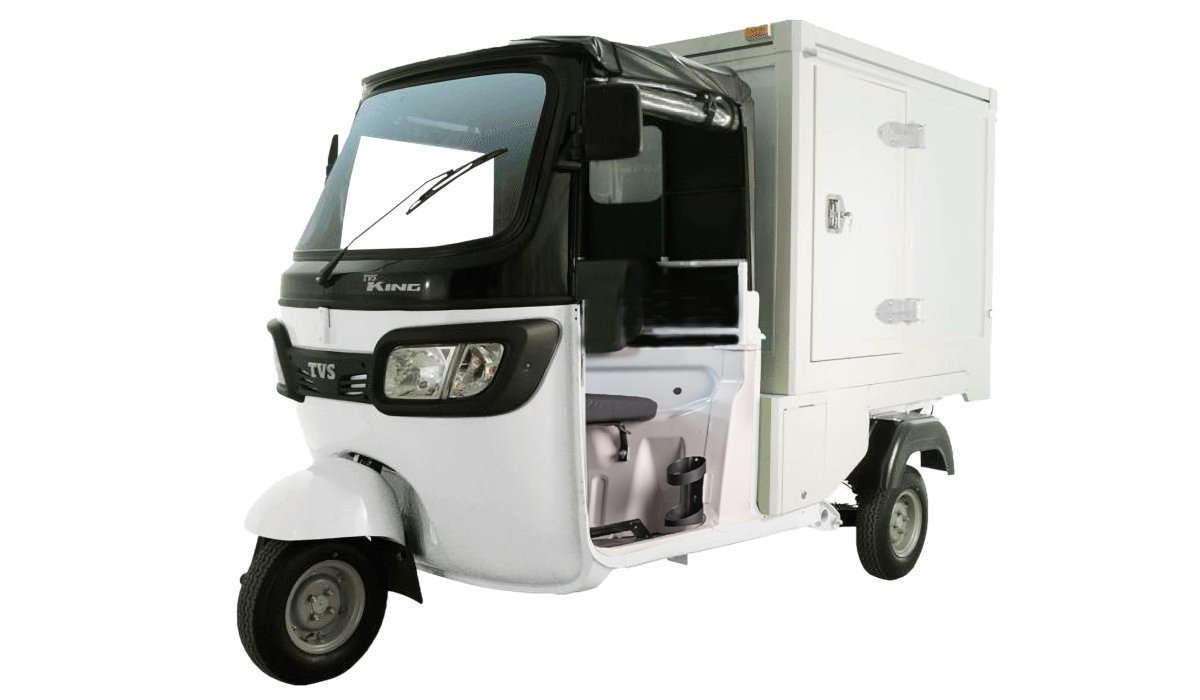
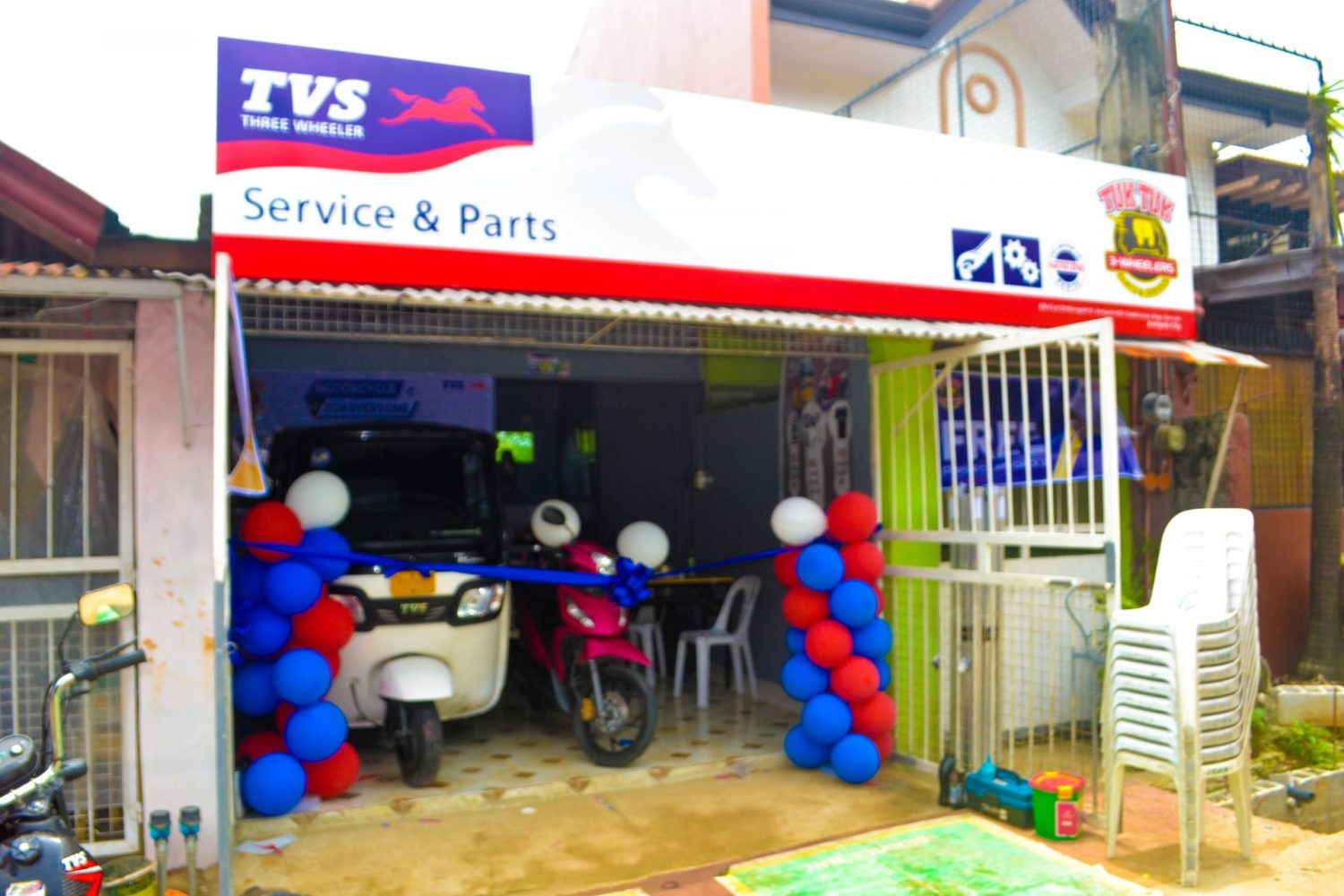
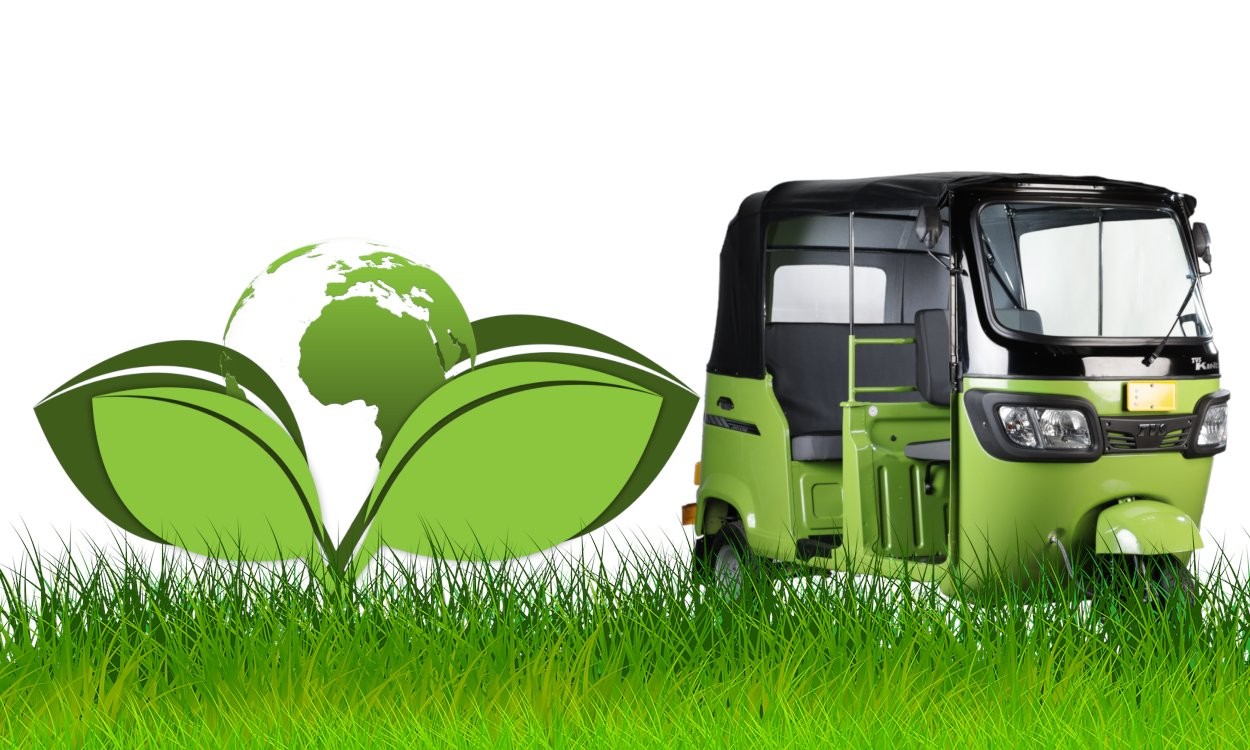
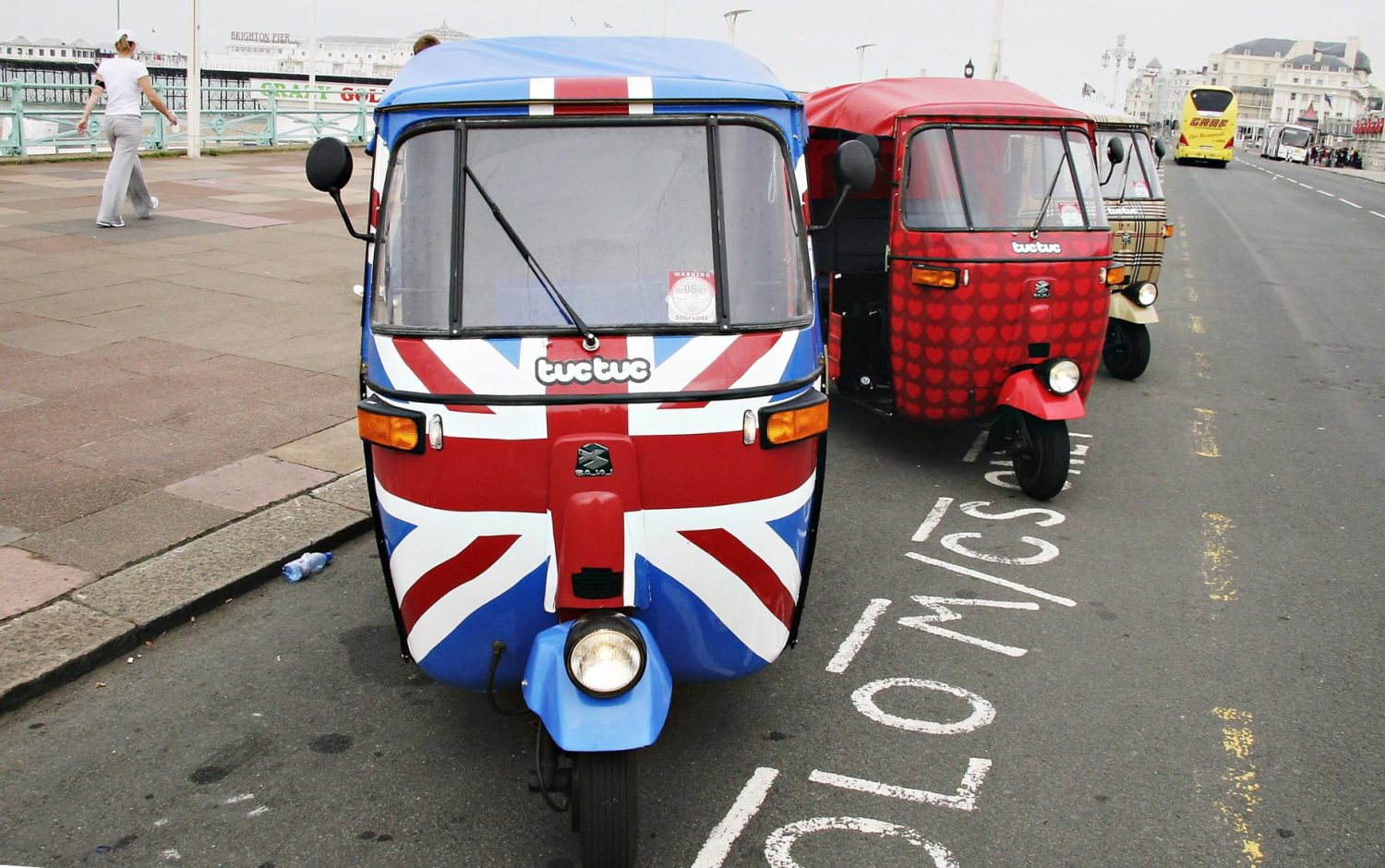
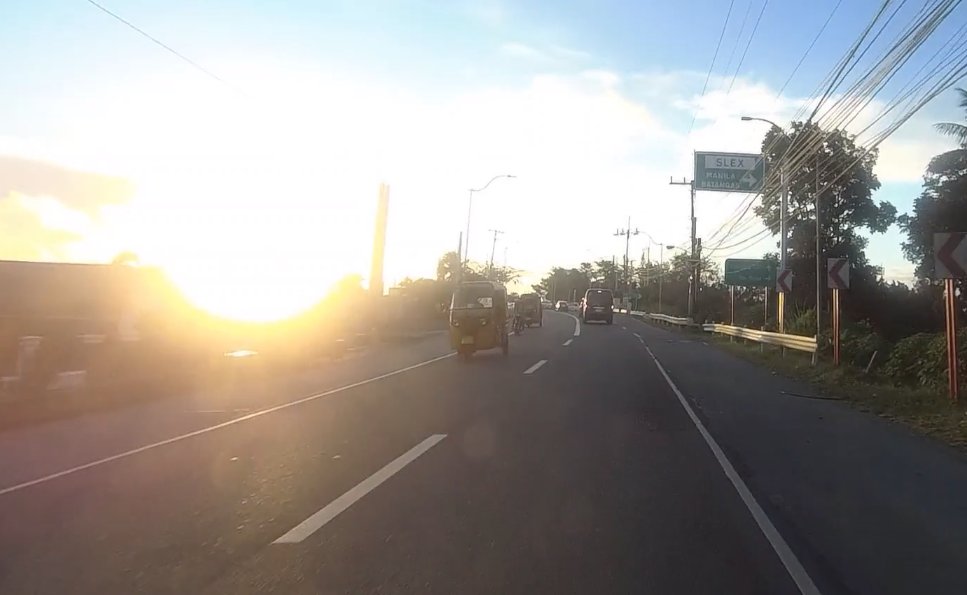
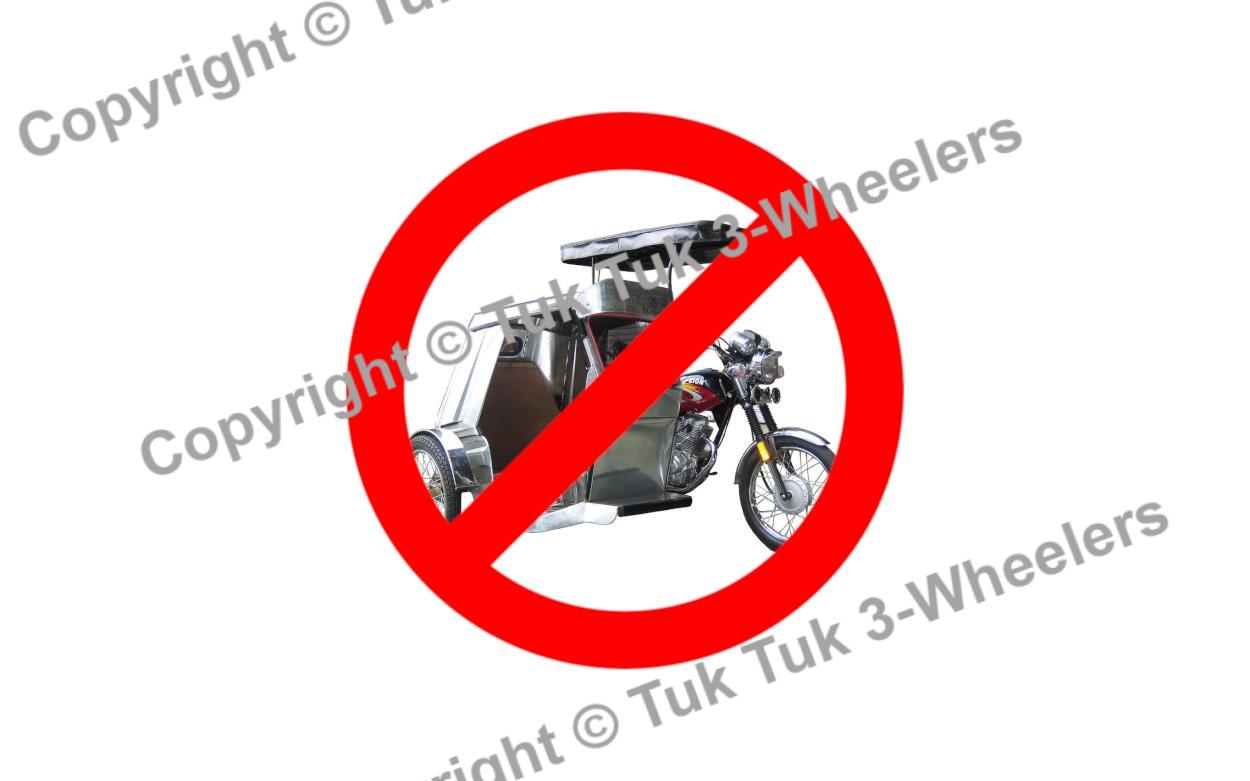

As a recent purchaser of a new Bajaj RE, it would seem to me that the company with exclusive dealership authority in the Philippines should be on top of all of this and provide
Owners with, at least, documentation to carry in the vehicle of all the legal citations given in this article. In most of the Philippines, this would be Emcor, but the same company has a different name in some areas. My very brief experience with Emcor, though, is that they are big on selling, but poor on supporting, the Bajaj RE and the owners whose money they happily take.
i think today we have a very strong evidence that we are not a tricycle and also our denomination given by the LTO. now, i think this is the time to bring it to legal process but this means we have to organize as owners of tuk tuk, cause if the dealers will not shoulder the expenses bringing it to proper court, we as owner at our own expense must pay the lawyer and other legal processes…
Bakit po dito sa Pilinas e binabawal na po ang pag daan nga RE BAJAJ sa High-way,,?? Diba under tayo sa EURO-3 mga ka RE means belong tayo sa Modernization at hindi po tayo mtor w/sidecar kasi tayo po Trike or Tri-Wheelers sana po pag aralan ng LGU AT LTO po yan,.
YES, I SUPPORT YOUR ADVOCACY re RE BAJAJ USAGE HERE IN ILIGAN CITY WHICH THE LGU ILIGAN BANED THE RE BAJAJ….
Are 3 wheelers allowed on EDSA?
Legally we can find no reason why it is not. However, if you do not know the law inside out and are prepared to fight your case I would advise against it because many enforcers are not aware of the definition of a tricycle in law.
Those are the best. In Tabuk city, Kalinga, they’re called “ong-bak” and most everyone prefers them over getting a tricycle ride. You sit forward. They’re more spacious, and you don’t really have to worry about getting cut by some piece of metal sticking out like in a trike.